We love sharing our favorite resources, books, classroom supplies and teacher stuff with you. When we do, we may earn money or products from the companies mentioned in this post. This does not affect our choices in what to recommend. Rest assured, we only recommend our favorite products to you! You can find our full advertising policy on the Partner With Elizabeth page.
The other day a well-meaning teacher made a comment that went something like this: “I wish my centers could be as easy as just adding puzzles and games.” I had to take a deep breath, count slowly to 10 and then I chose to smile and walk away. {I’m pretty sure she did not want to hear my thesis on the benefits of puzzles and games.} But it got me thinking and evaluating my classroom. I don’t ever want to be filling my learning time with “just puzzles” or “just games” or any fluff activities. Instead I want my students to be participating in activities that are rooted in learning academic and life skills.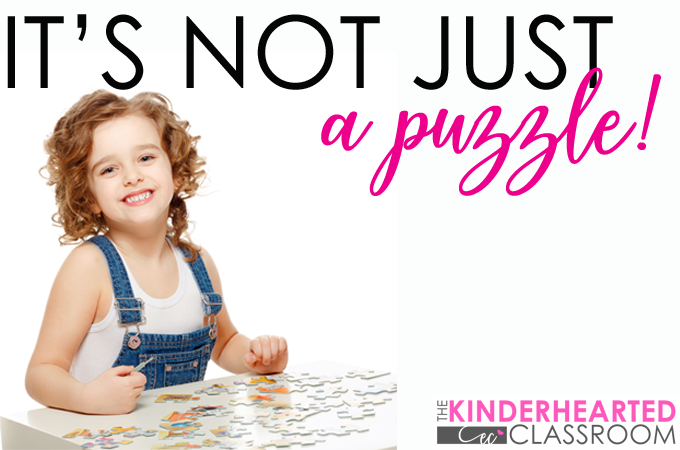
It’s not JUST a Puzzle
I love using puzzles in my classroom and my students love them too. But in my quest to make sure I was doing my students justice I set off to confirm what I already knew: Puzzles have so many wonderful academic and life skills associated with them that they are a perfect classroom activity!
Puzzles have been shown to help students with fine motor development, hand-eye coordination, problem solving skills and so much more. There are lots of different types of puzzles. Here’s just a few that I use in my classroom:
1. Jigsaw Puzzles
There are times when I have a puzzle center in the classroom using jigsaw puzzles. At the beginning of the year we may start with smaller puzzles that have 24-36 pieces. But as the year goes on we increase the complexity of the puzzles. I have stocked up on puzzles of all shapes and sizes from the Dollar Store and Garage Sales. I always love finding puzzles that connect to our learning themes or concepts, but that does not always happen. Although the picture might not be academic in nature, I know that my students are working on important thinking skills and building analytical thinking patterns that will later help them academically.
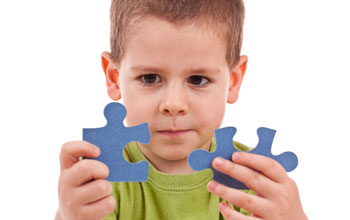
2. Shape Puzzles
I love, love, love using pattern blocks and shape puzzles in my classroom. Not only are students exposed to important shapes, but these puzzles come in a variety of complexity levels making it easy to differentiate for the needs of my students. Using pattern blocks as the pieces also teaches spacial recognition skills and geometric thinking – both of which are important to their future success in math. Without even knowing the mathematical term, your students will be practicing skills like rotation and reflection.
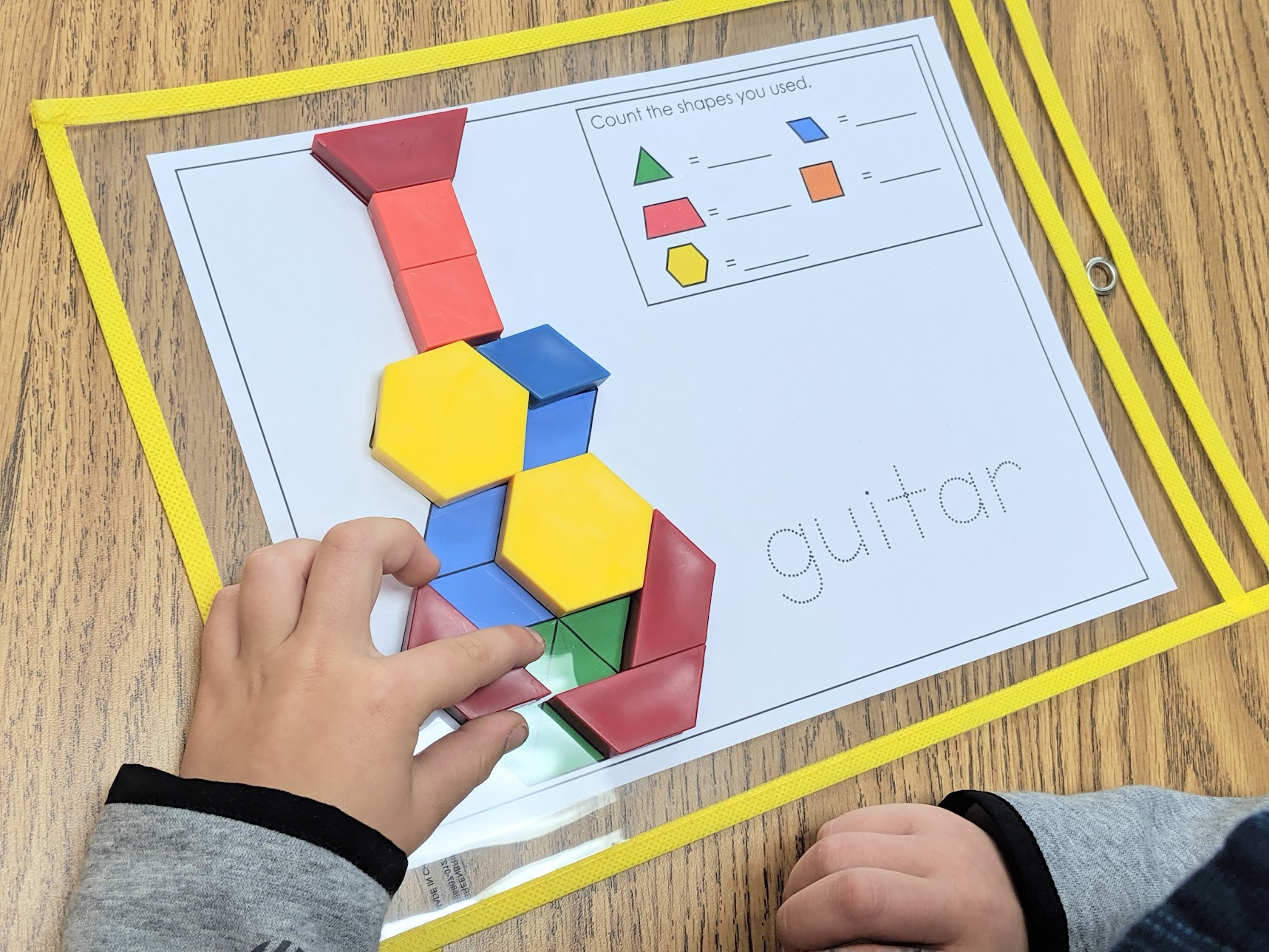
I love creating these to coordinate with themes and holidays in our classroom. It doesn’t change the important skills the students are learning, but it definitely adds an element of engagement.
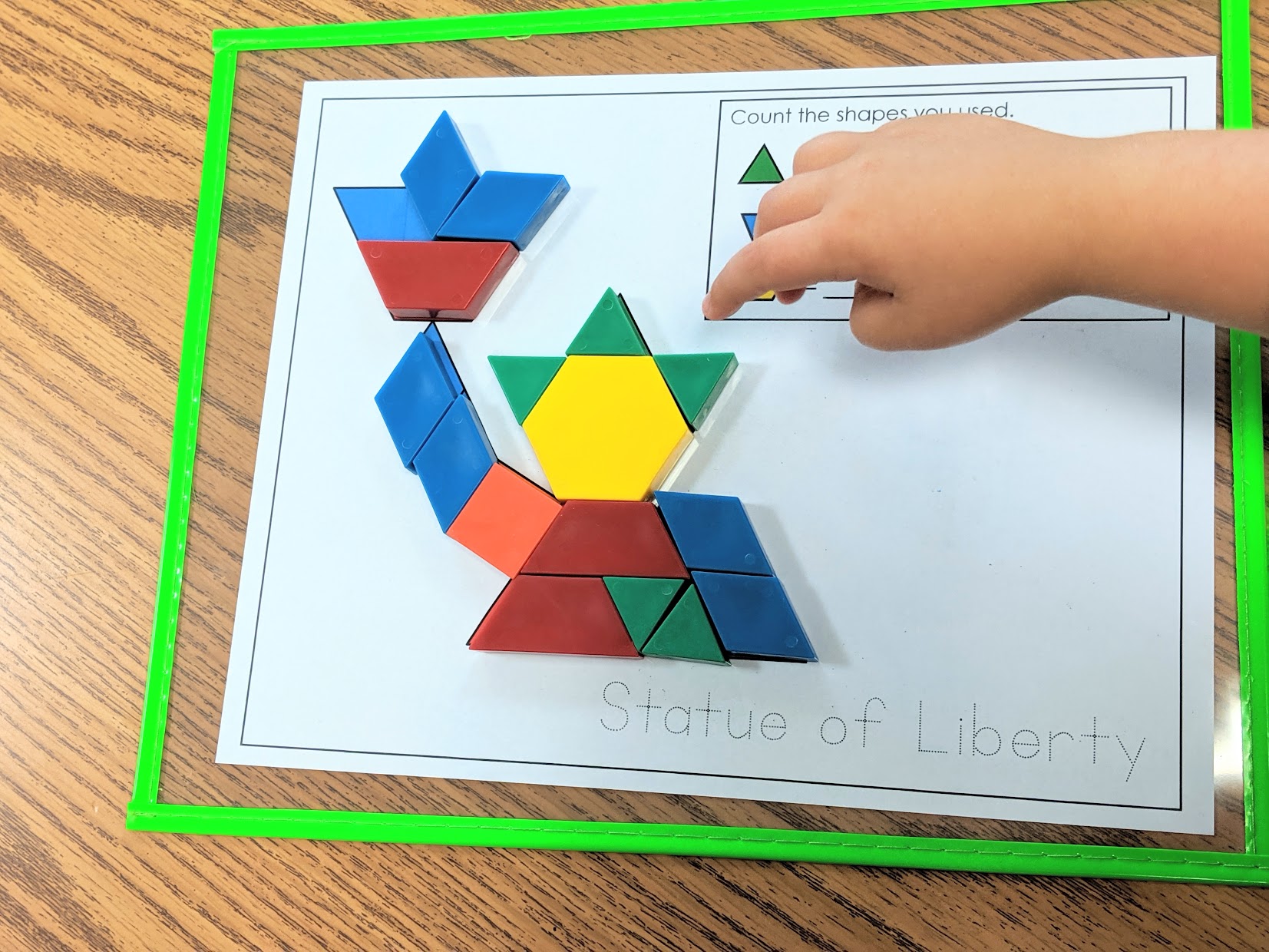
The other thing I really love about these is the ability to differentiate. Each of the puzzles comes in three versions: a full color version, a black and white version that shows the outline of each piece and a black and white that only shows the shape outline. These varying degrees of difficulty allow my to keep each of my students challenged. Here’s a sample of the different levels from the transportation set:

You can find lots of different pattern block puzzle sets in my store. Here’s just a few of the variety you will find!
3. Number Puzzles
Another type of puzzle that I like to use in my classroom are number puzzles. These help students will number recognition, counting, skip counting and so much more. Here’s an example of one type of number puzzle:
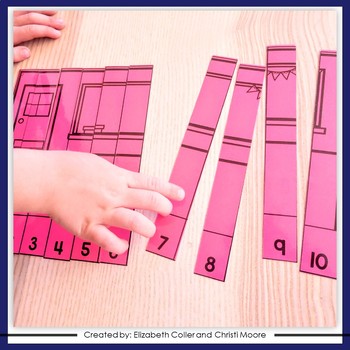
The simplicity of these strip puzzles makes them a little more academic because the student relies less on shape for placing the pieces and more on the skill. The picture above is a number recognition activity which focuses on number recognition and counting to 10. However, the skill can vary and they can also work on skip counting, ten frame representations of numbers, tally marks, coins, and so much more!
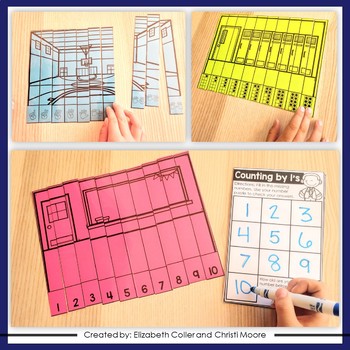
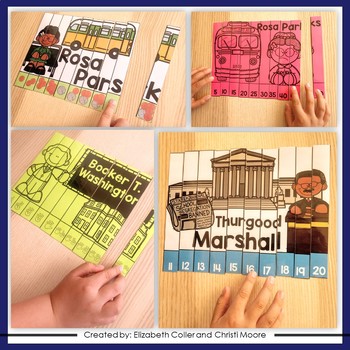
A Hundred Chart Puzzle is another great example of a perfect classroom activity. Boy oh boy, are these a favorite in my classroom. They beg to do these during centers or when they finish working. AND the beaming smiles of pride when they finish one is amazing. Students work on number recognition and counting to 100 as they put numbers in the correct place to reveal the puzzle picture. Find out more about these puzzles in my blog post and don’t forget to grab the freebie in that post!
Try It Out!
I hope you have been inspired to use more puzzles in your classroom. The students LOVE them and they have no idea the wide variety of life and academic skills they are learning and practicing. Try these freebies in your classroom today!
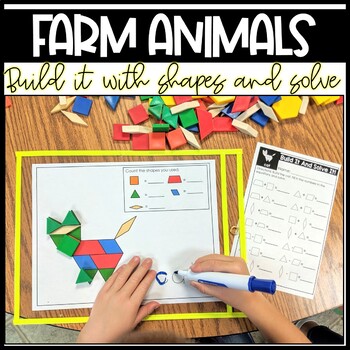
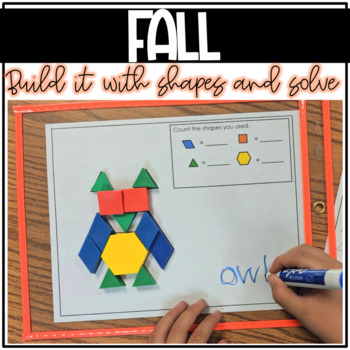
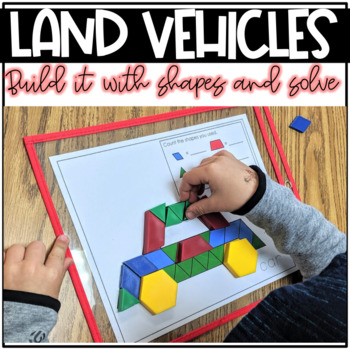

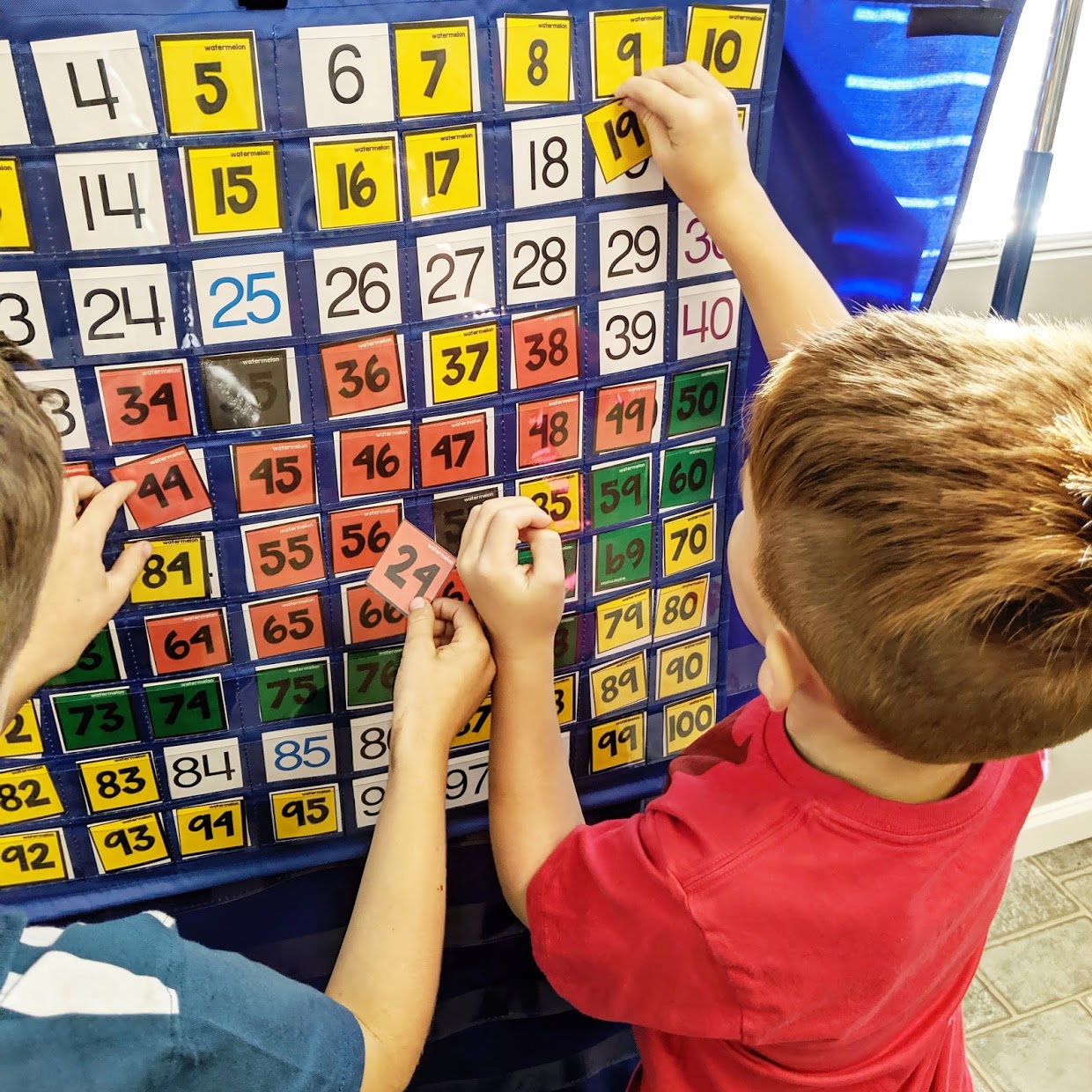
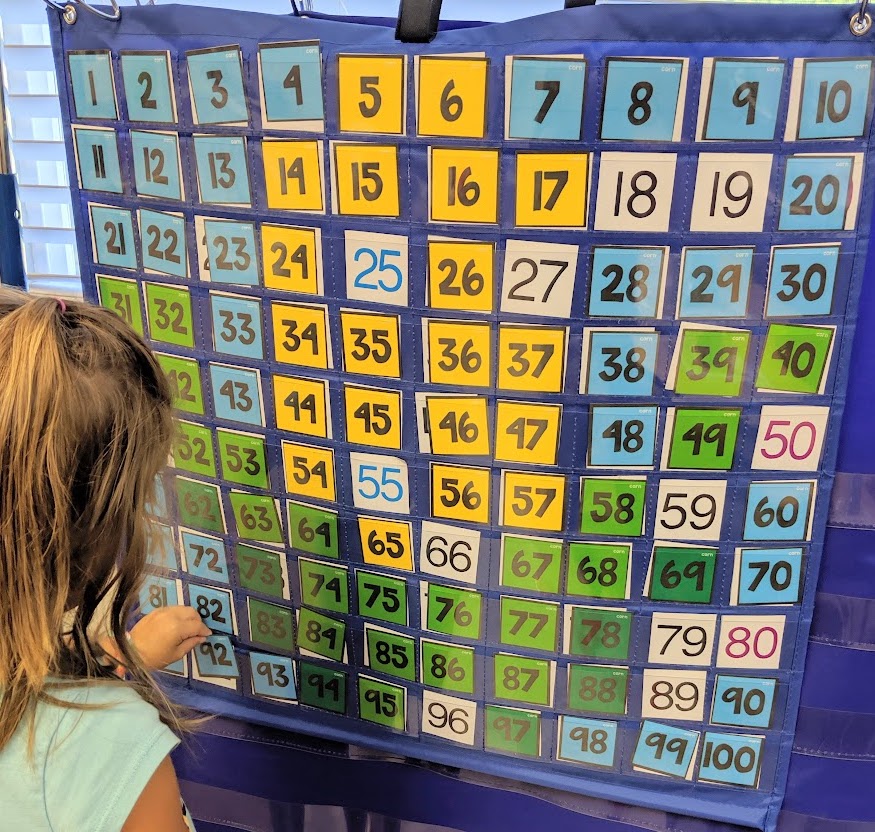
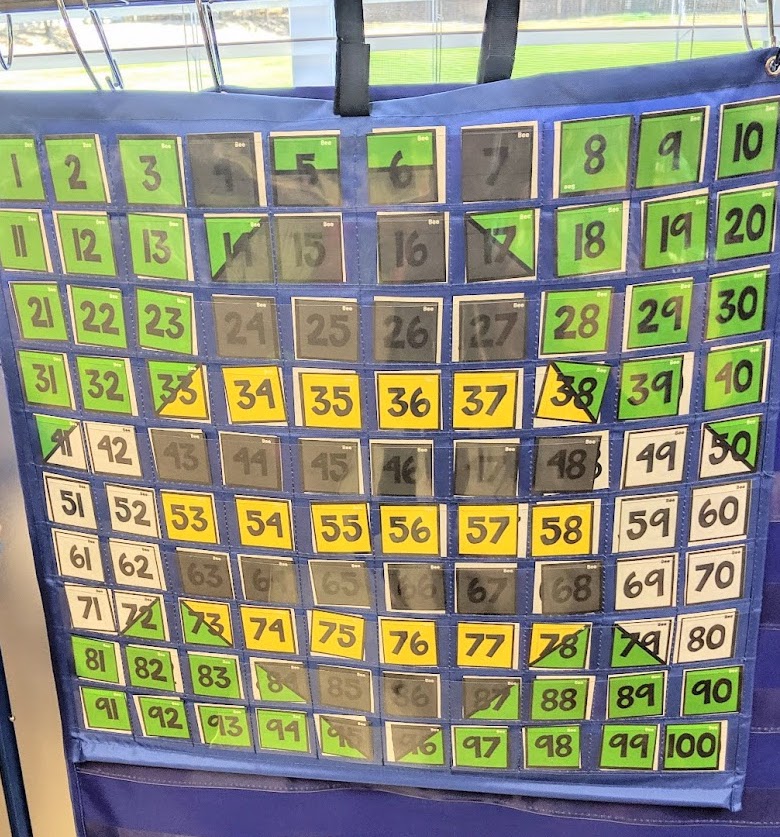

I teach 2nd grade. We did a puzzle swap for our Christmas party last year. It was so interesting to watch them. They DON’T KNOW HOW TO WORK PUZZLES. We had the best time, just enjoying each other and working as teams as they learned to build puzzles for over an hour. Best party ever.